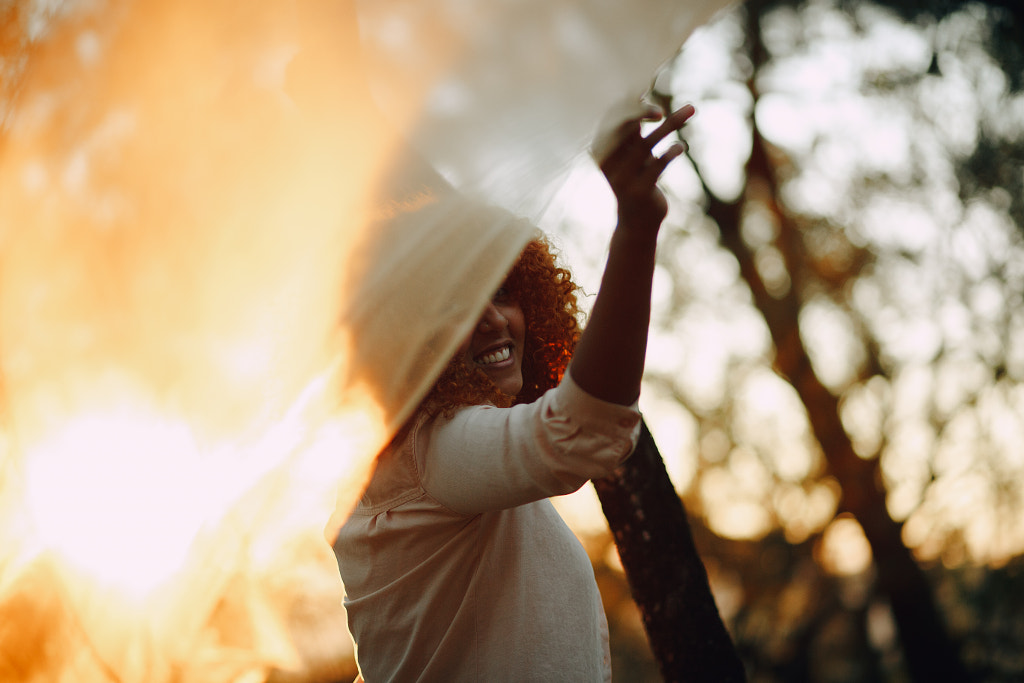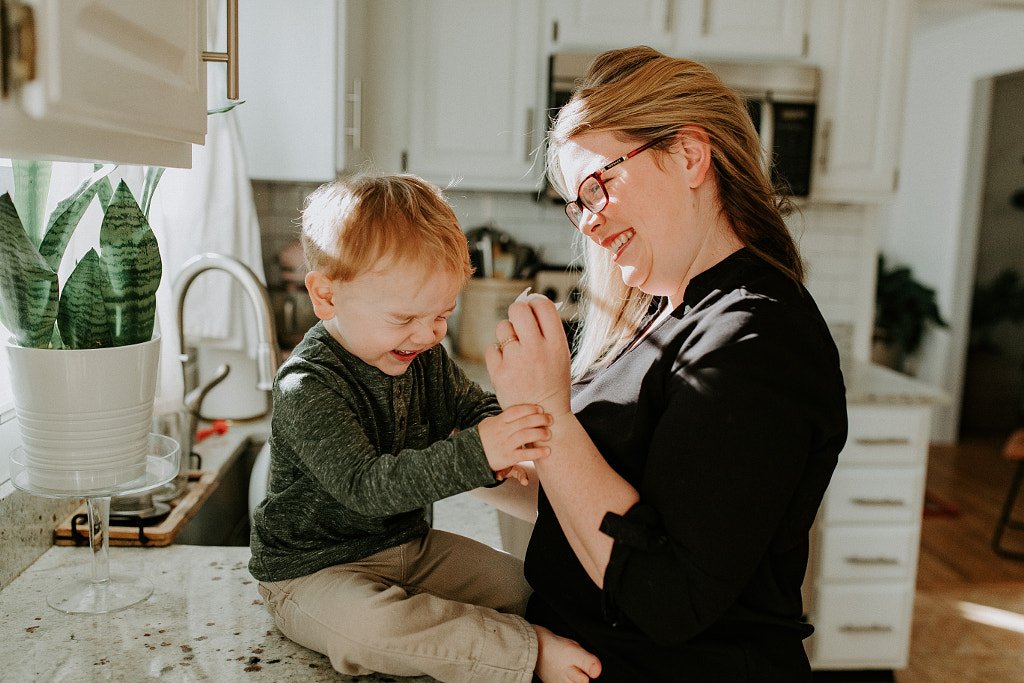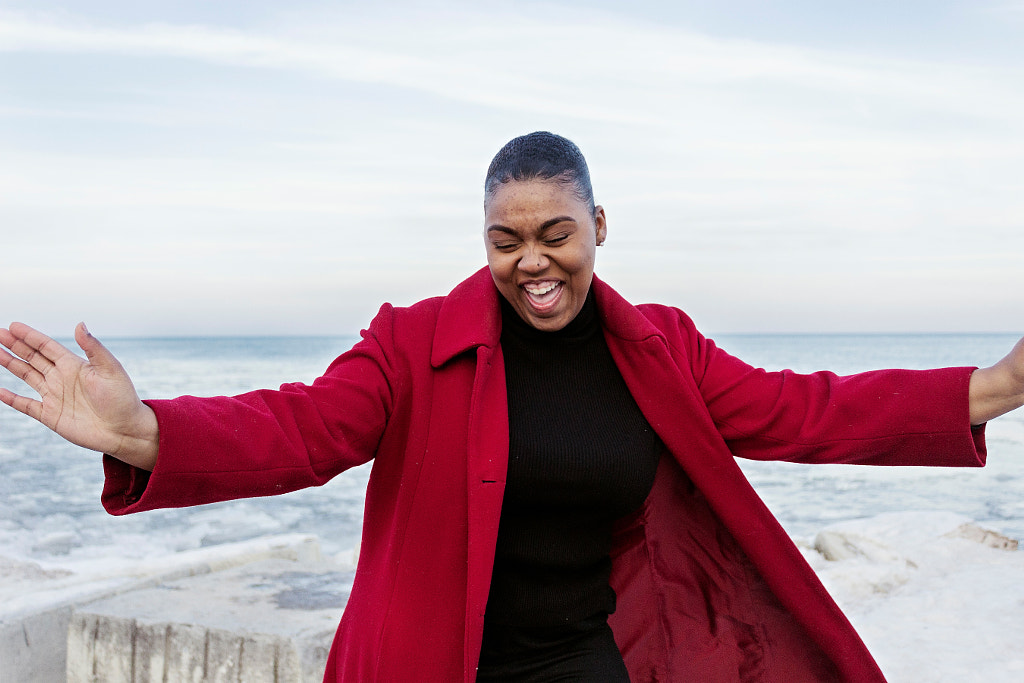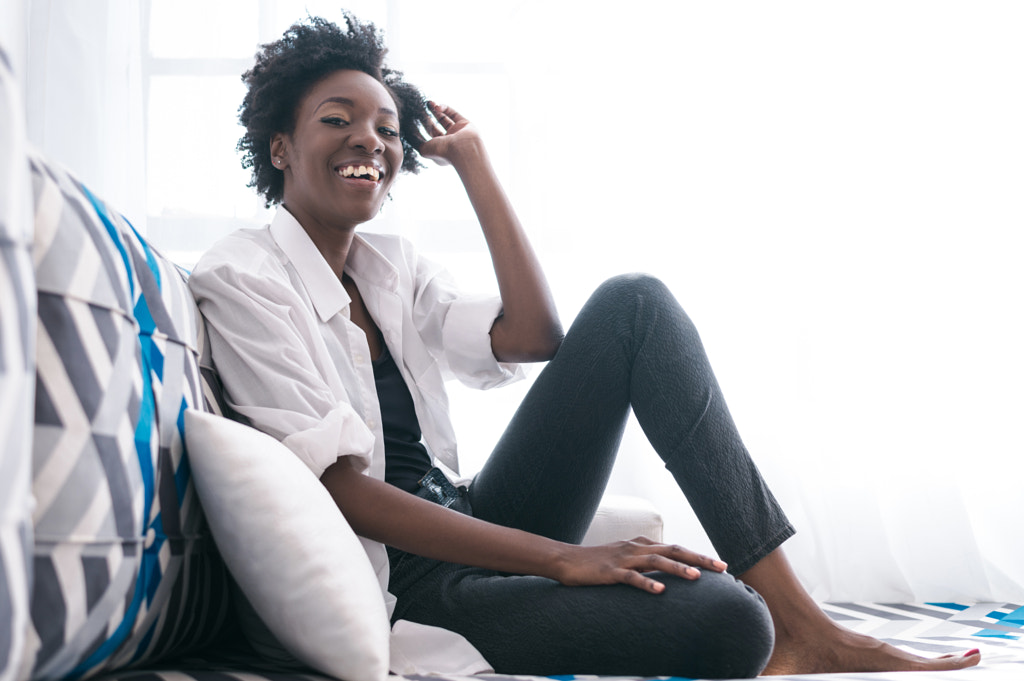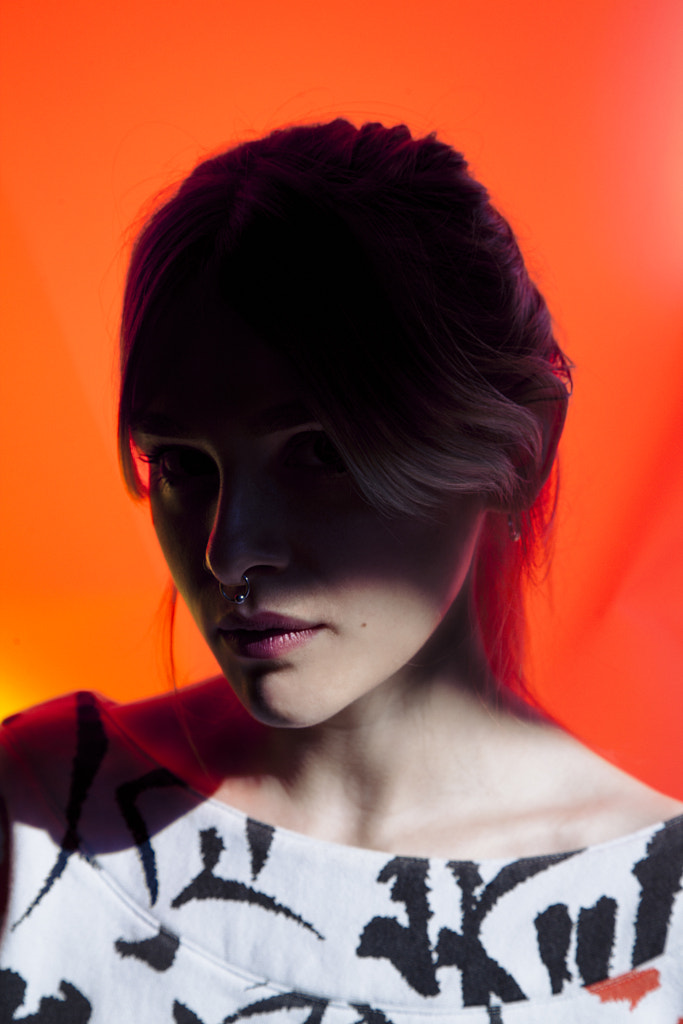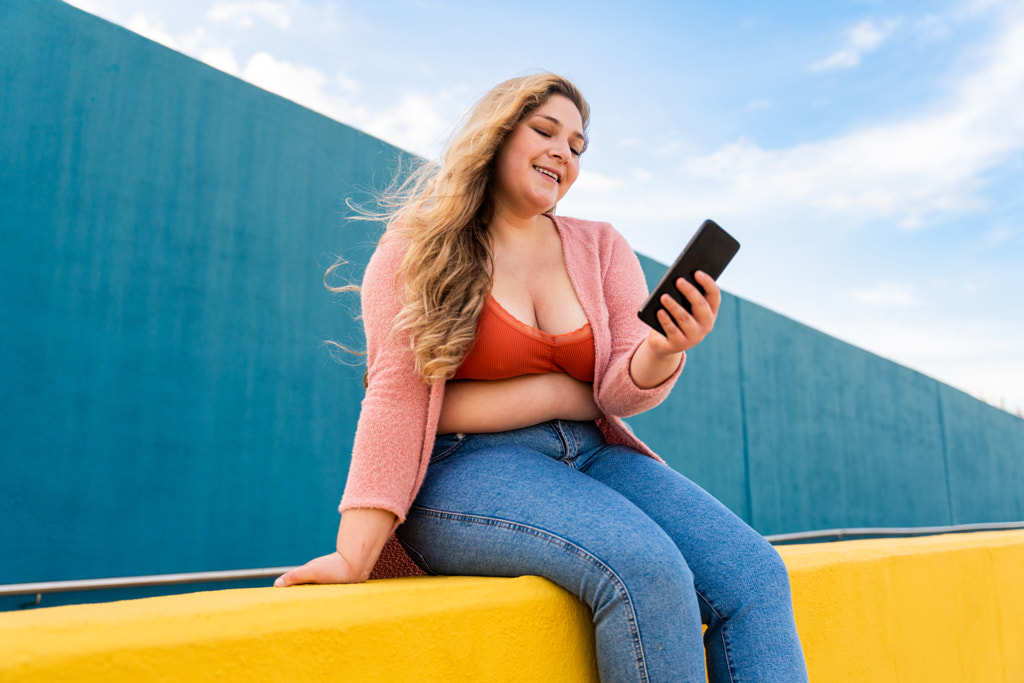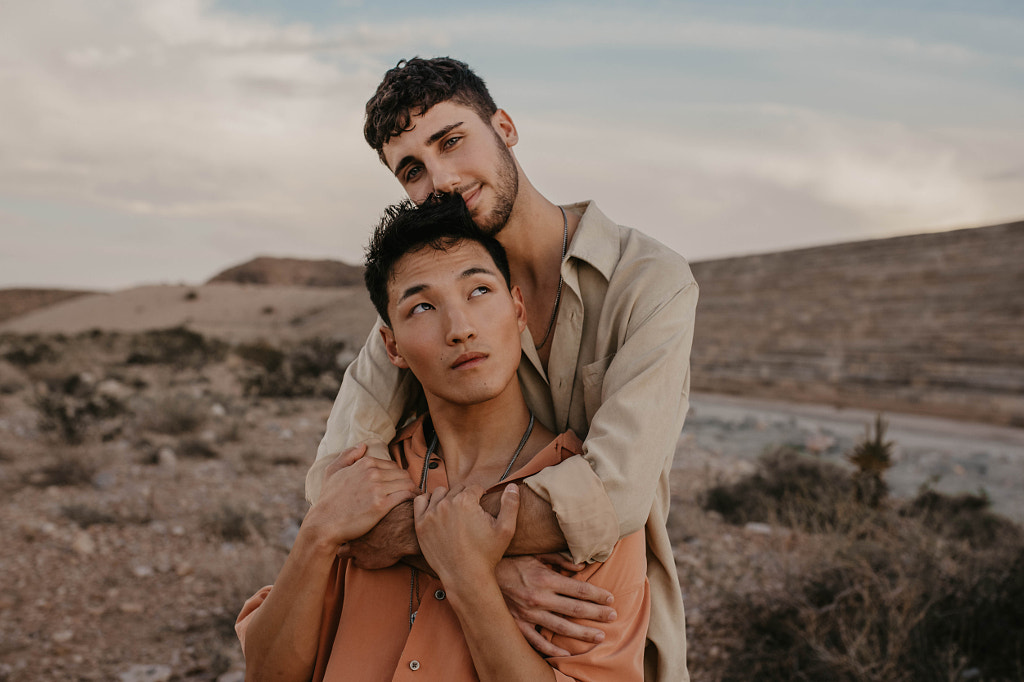Emotion has a powerful influence over our everyday purchasing decisions, and this year, new research from the research consultancy Brand Keys revealed just how far that influence goes. In 1997, researchers found that rational considerations weighed more heavily than emotional ones when driving brand loyalty. However, that’s changed today, with emotional considerations outpacing rational ones.
While much of the advertising landscape focuses on facts and figures such as product quality and price point, consumer choices are also driven by our emotional responses and attachments. And the last quarter-century has seen significant shifts in how leading brands market their products, with a turn from the purely rational to the emotional.
Elsewhere, research from the University of Southern California reveals that viral YouTube ads tend to evoke emotions as well: they’re funny, suspenseful, surprising, or inspiring. The researchers cite “Puppy Love,” the Budweiser Super Bowl ad—telling the story of the unlikely friendship between a dog and a horse—as a prominent example from recent history.
In commercial photography, the ability to capture emotion—and inspire those emotions in others—will always be more valuable than even the latest and greatest gear. With that in mind, let’s dig into five simple ways to create more authentic portraits for your Licensing portfolio.
Collaborate and listen
To start, the 500px team suggests spending as much time as you can getting to know your model(s). You can start by tapping into your local community and collaborating with friends and family so that that comfort level already exists, or you can establish a rapport with new models over tea or coffee. Consider conducting an informal interview about some of their passions and interests; you might be able to incorporate a favorite hobby, for instance, into the actual photoshoot.
Share your goals for the session, but also ask them about theirs. If you can, send over a mood board with reference images, so they get an idea of what you’re looking for. Remember to provide direction, positive coaching, and encouragement throughout the session, particularly when working with new models. Maybe play some of their favorite music on set to create a relaxed vibe, or work with them to find a hair, makeup, and wardrobe combination that expresses a bit of their personality or style. The more comfortable your models are on set, the more natural their emotions will be.
Get candid
While formal portraits will always have their place, the team at 500px also suggests mixing things up when it comes to framing and posing. Consider going beyond the face to capture hand gestures or body movements, all of which can help capture the emotion of the moment. On lifestyle shoots, giving your models something to do—such as playing in the backyard or preparing dinner in the kitchen—can inspire those candid moments that can never be repeated: a shared laugh, a spontaneous hug, or a smile over an inside joke.
Over on Getty Images, trending keywords such as “candid” and “real people” emerged in 2019, shifting the focus from formal, posed pictures to more casual, relatable ones. As the photographer, you can direct your model and make suggestions while also allowing yourself to fade into the background as natural scenes unfold. Keeping your models moving and engaged will create a more casual, collaborative atmosphere on set, resulting in portraits that feel genuine rather than stiff. Instead of telling your models what to do, it can also help to show them yourself and have them mirror your gestures.
Consider lighting
The light you choose can have a significant effect on the mood and feelings you inspire. For instance, the golden hour just before sunset is perfect for creating a sense of warmth, making it ideal for family portraits. In one of the most popular portraits within the 500px collection on Getty Images (above), Alberto Suárez uses warm light to reinforce the model’s feelings of contentment and well-being.
The moody light of the blue hour or twilight, on the other hand, can be used to inspire feelings of loneliness, quiet, or melancholy. You’re not limited to natural light, either. In the studio, a split lighting scheme, where just one-half of the face is lit and the other is cast in shadow, can heighten feelings of mystery and intrigue. Similarly, a low-key lighting scheme with plenty of contrast, rich with dramatic shadows, will leave a vastly different impression than a high-key setup with low contrast and softer shadows.
Stay present
Connecting with your model on set is the key to building a portrait that rings true, so you don’t want to be distracted by your screen or fiddling with your gear and camera settings when you could be tuning into the moment. It can help to practice with any new equipment you plan to use in advance of the shoot, until it becomes second nature; that way, you can focus on your model and their experience rather than nailing the technical details.
Avoid “chimping” or looking at your LCD too much throughout the shoot. You don’t want to be so busy reviewing old photos that you miss opportunities for new ones. Keep the conversation going throughout the shoot if it helps you tune in with your model. It’s almost always more effective to tell a funny story or share a genuine joke than it is to ask your model to smile for the camera.
Tailor your approach to your model
“Take your time, and get to know your models as you go,” the team at 500px urges. “Even with people you know, you’ll find out new things about them and learn how to photograph them better.” Every model is different; while some blossom with little-to-no direction, others might need more hands-on coaching and guidance to get into the groove.
Similarly, some models might excel in an upbeat, high-paced environment, while others might take time to warm up and require a slower approach. Not every model is a professional, and that’s okay. As a photographer, your job is to adapt to their energy and meet them where they are.
If the pose or set up isn’t working, stay positive, go with the flow, and move onto something else. Sometimes it’s easy to get so hung up on the shots you wanted that you miss the magic that’s happening right in front of you. While planning is essential for a great session, some of the best shots are the ones that take you by surprise.
Parting thoughts
We’re living in an age of transformation, with the “picture perfect” aesthetic of a decade ago giving way to more real, candid visuals. This summer, research from Meta revealed that Gen Zers and Millennials respond better to content that feels relatable and imperfect, rather than overly polished and produced. In fact, on Instagram Stories, self-recorded, mobile-shot content proved more likely to drive views than content shot in a studio.
This research adds to a larger, growing body of research that suggests today’s consumers crave advertising we can relate to. In other words, perfection is overrated. As long as you can tell a great story, connect with real people, and capture authentic emotions, you can create a great commercial photoshoot on almost any budget.
Not on 500px yet? Click here to learn about Licensing with 500px.
The post Capturing emotion in your commercial portraits appeared first on 500px.
